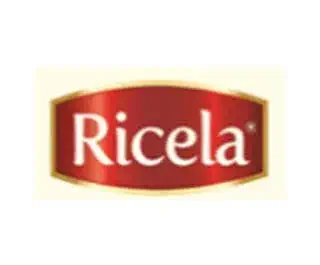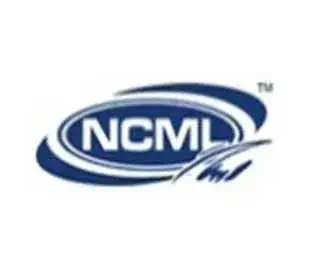Fat Modification
We believe in providing top quality workmanship and are so confident in our level of service that we back.
We believe in providing top quality workmanship and are so confident in our level of service that we back.
The fat modification process alters the fatty acid composition or molecular structure of oils or fats to achieve desired properties such as stability, texture, and flavor. It allows manufacturers to make fats that are healthier, more stable, or better suited for specific applications.
Select Muez Hest for your fat modification plants and benefit from our state-of-the-art technology designed to optimize performance and efficiency. Our expert engineering ensures unparalleled reliability and precision, propelling your production capabilities to the highest standards. With Muez Hest, you invest in innovation and excellence that drive your success and set you apart in the industry.

Strategies to ensure proactive domination. At the end of the day,User generated content in real-time will have multiple touchpoints for offshoring.























Discover some of the most asked questions regarding Fat Modification.
Fat-modification plants are genetically engineered plants designed to alter the composition of fats (lipids) they produce. This can enhance nutritional value, improve shelf life, or provide specific industrial uses.
Fats may be modified to:
– Improve nutritional profiles (e.g., increasing healthy fats, reducing trans fats).
– Enhance stability and shelf life.
– Achieve desirable cooking properties (e.g., high smoke points).
– Create fats suitable for specific applications (e.g., baking, frying).
Improved health profiles of cooking oils.
– Increased stability and shelf life of products.
– Development of oils suitable for high-temperature cooking.
– Enhanced functionality in food products.
Common methods include:
1. Hydrogenation: Adding hydrogen to unsaturated fats to make them more solid.
2. Interesterification: Rearranging fatty acids on the glycerol backbone to change melting properties.
3. Fractionation: Separating different components of fats to obtain specific fractions with desired properties.
4. Genetic modification: Engineering plants to produce oils with altered fatty acid compositions.
The future may include more precision techniques, greater consumer demand for healthier options, and ongoing research into sustainable practices and alternative sources of fats.